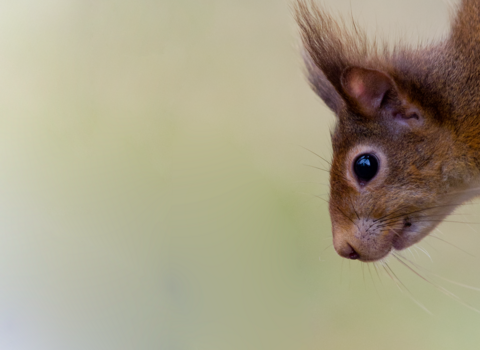
©Katrina Martin/2020VISION
Ivy-leaved toadflax
Ivy-leaved toadflax is an introduced species in the UK that has become widely naturalised. Look for creeping along old walls and pavements, and shingle beaches. Its flowers resemble those of snapdragons.
Scientific name
Cymbalaria muralisWhen to see
January to DecemberSpecies information
Category
Statistics
Height: up to 8cmConservation status
Introduced, but naturalised species.
Habitats
About
Ivy-leaved toadflax is not a native species to the UK, but is now considered naturalised, having been here for several hundred years. It is a small, perennial herb that is often found growing in cracks in old walls and pavements, in rocky places and even on single beaches; it can form large, low-growing patches.Its tiny, mauve flowers resemble those of a snapdragon.
How to identify
The small, green leaves of ivy-leaved toadflax are ivy-like in shape, hence the name. Its tiny flowers resemble a snapdragon and are mauve with white and yellow bulges. It has reddish stems and is a creeping plant.Distribution
Widespread.Did you know?
It is thought that ivy-leaved toadflax was introduced before the 17th century as a garden plant; it was first recorded in the wild in 1640.
©Katrina Martin/2020VISION



